How to describe and express the taste of coffee? how to drink black coffee by hand?
I don't know if you've ever experienced such a scene:
"Wow, let me tell you something! This cup of hands is delicious! The taste of ginger, jasmine, lemon, honey and Tieguanyin! But at this time you are at a loss, obviously hear is the taste of their own know, but simply did not drink it. And then you can only ⬇️

Is the flavor of coffee made by Wei Lei?
No, it needs a partner-- sense of smell.
It is true that the flavor of coffee cannot be felt entirely by the taste buds, and the taste buds are "auxiliary" in identifying the flavor. Our taste buds can only feel five taste substances-sweet and sour, bitter and salty, while there is no "fresh" taste in coffee, and the salty taste is completely obscured by sweet and sour bitterness under normal circumstances.
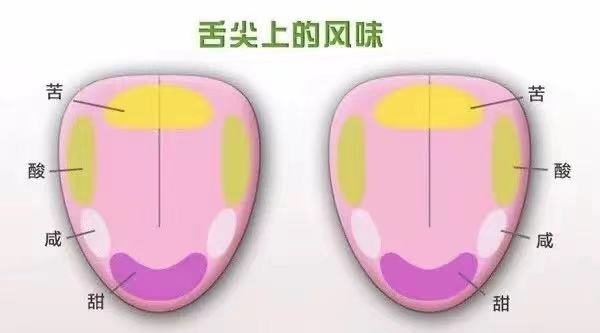
I don't know if you have noticed that when we drink the first sip of coffee, we first feel the sweet and sour taste, and then we feel the bitter taste. That is because the tongue also has its own "workflow" for the discrimination of taste. The tip of the tongue is to feel the sour taste, the two ends of the tongue near the tip of the tongue to feel the salty taste, the two ends of the tongue near the base of the tongue to feel the sour taste, and the root of the tongue to feel the bitter taste.
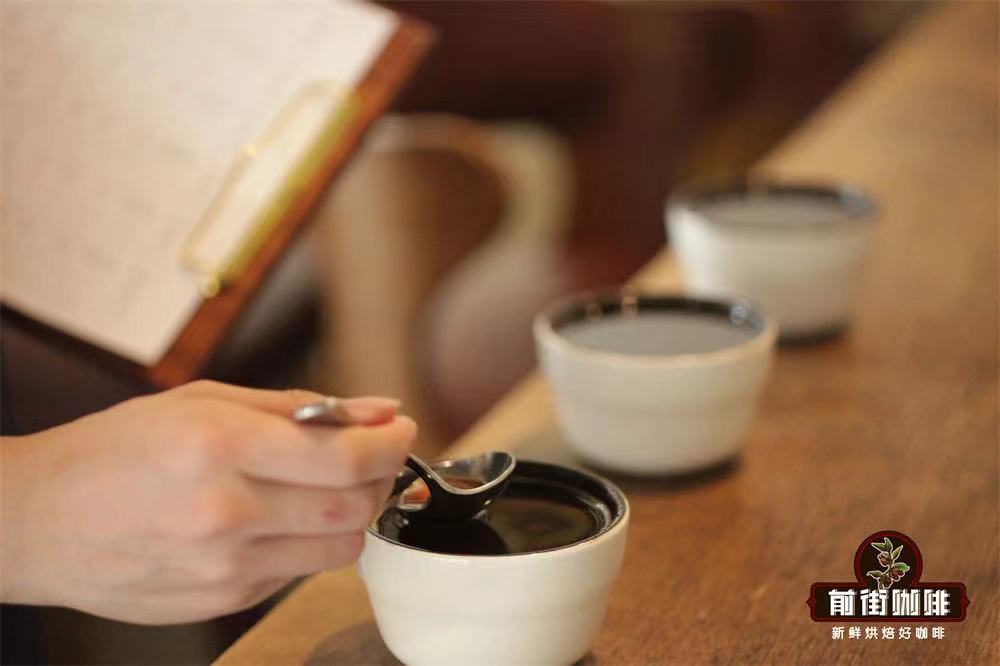
It is the sense of smell that really distinguishes the flavor. Can we still smell the food in our mouths? ) Yes! The throat and nasal cavity communicate with each other. After the coffee is extracted, some of the flavor molecules will be wrapped in oil, and it is not clear for us to smell it directly. When the scented oil enters the mouth, the taste buds are the first to judge the taste of the coffee, and then the oil melts on the tongue, releasing the aroma. These aromas "walk" to the nasal cavity with the process of swallowing, which is called postnasal smell, and what we can directly judge the smell is the prenasal smell.
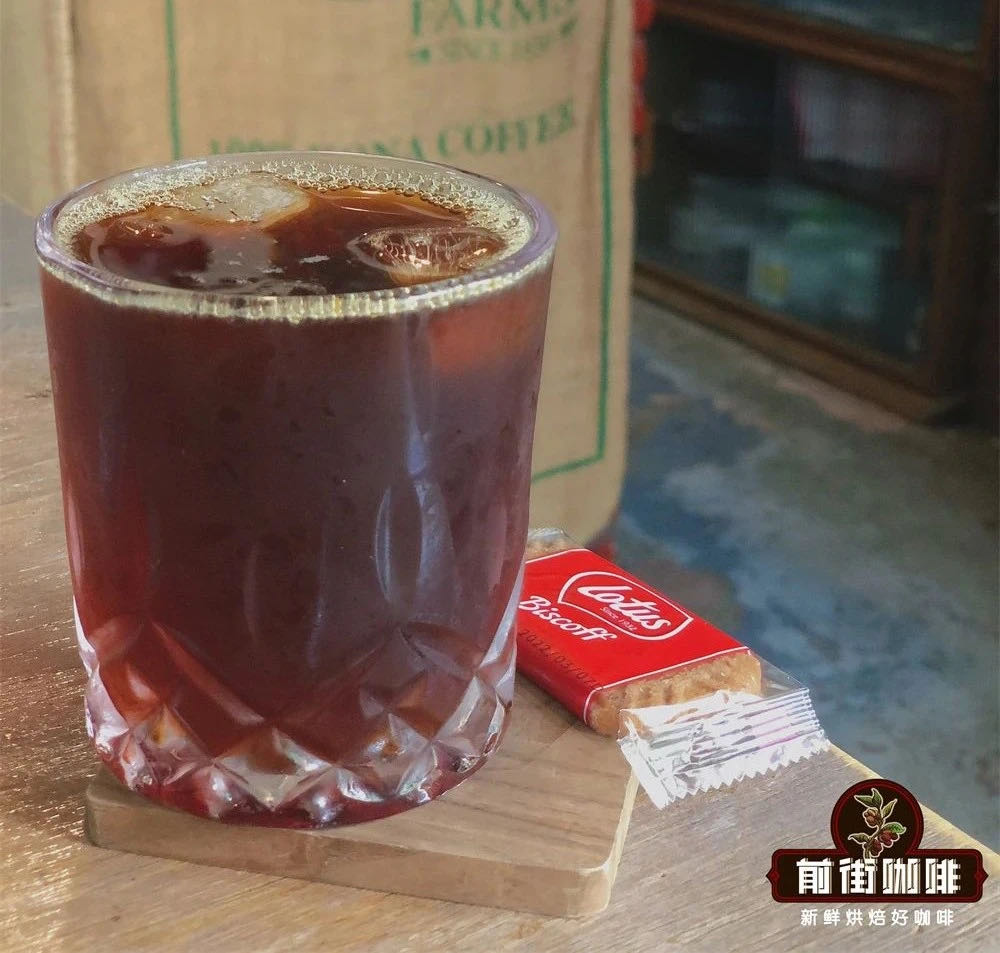
When our taste buds feel the taste, coupled with the smell, our brains associate with certain objects. So why do some people think of a particular object while others don't? It has something to do with your own taste memory. And coffee flavor itself is a very general definition, such as 🌰: a cup of coffee sour some people think it is lemon, some people think it is grapefruit and so on is very normal. The pleasure of tasting coffee is that after you feel a flavor, share and discuss with the people around you.
From what angle do we discuss the flavor of coffee?
Aroma, sweetness, acidity, taste, flavor, finish, balance
"aroma"-- the sense of smell before the nose
The aroma of coffee is divided into dry fragrance and wet fragrance. Dry aroma refers to the aroma emitted by coffee beans in a dry state after being ground into particles; wet aroma refers to the aroma emitted by coffee liquid extracted by water. The taste of the same coffee bean will be different from the dry and wet smell, because there are many specific aroma molecules that need a certain temperature to volatilize. For example, the barista in Qianjie smelled the fragrance of sugar cane when he smelled the green label rosy summer coffee of the Jade Manor, while the wet fragrance smelled the aroma of ginger flowers.
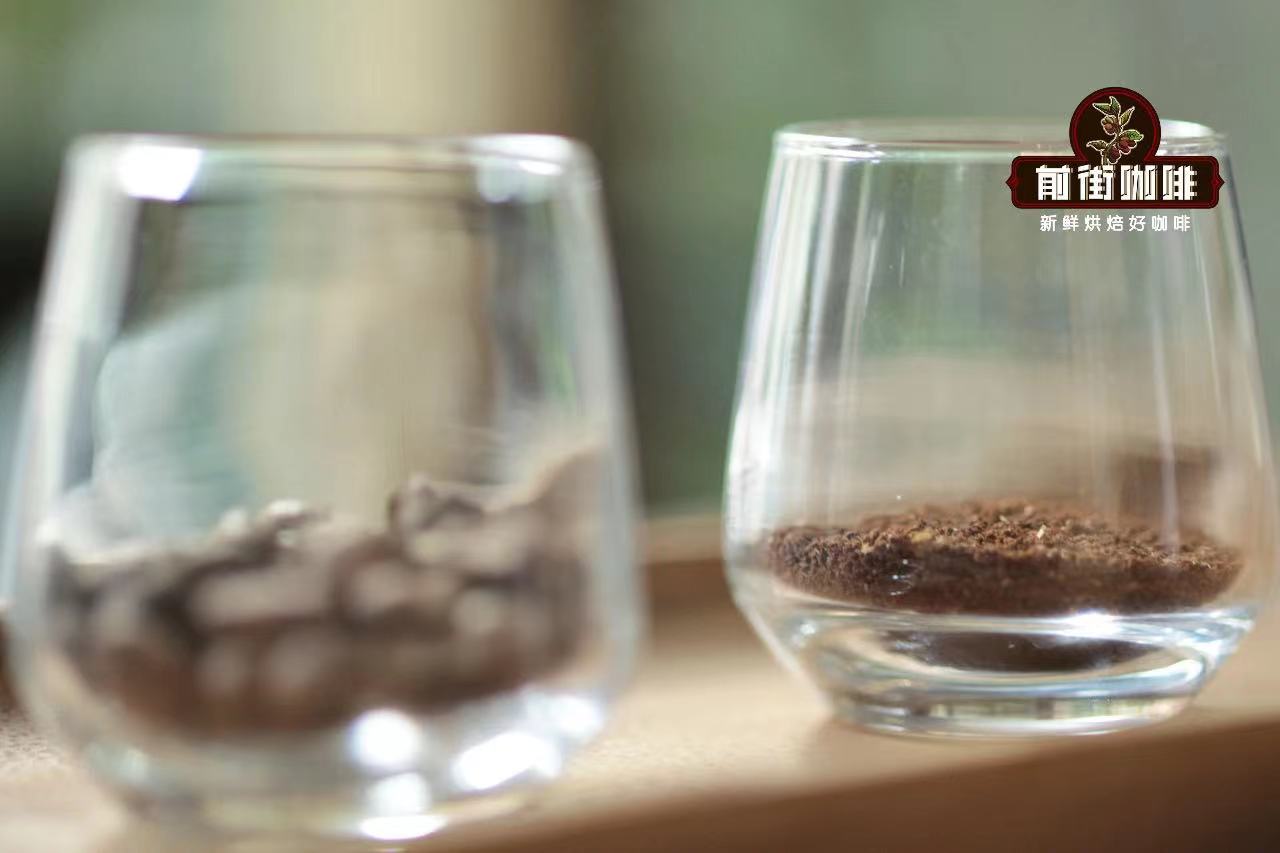
"cleanliness"-- the sense of smell behind the nose
Cleanliness means that coffee does not have any defective and unpleasant taste. For example, some poor-quality coffee beans will have an earthy / woody taste, or an unpleasant mixed smell.
"sweetness"-taste buds
Sweetness refers to the feeling of taste, and the sweetness of a cup of coffee can improve people's evaluation of the cup of coffee. Of course, this sweetness is not as obvious as sugar, and in many cases the sweetness is reflected in Huigan.

"sour"-taste buds
Whether coffee is sour or not can be distinguished by the amount of saliva secreted on both sides of the tongue. The stronger the acidity, the more saliva will be secreted. The acidity of high-quality coffee generally tends to be sour (fresh, soft sour taste), while some poor-quality coffee will show acetic acid (strong, choking sour taste).
"taste"-oral tactile sensation
The mellow thickness / smoothness / astringency of coffee is felt through the touch of the mouth. The thickness of alcohol can be described as light-full-solid. It feels like you are drinking skim milk-whole milk-cream, and your tongue will feel "tongue pressing" to varying degrees. Astringency is the rough touch produced by polyphenols in coffee, as opposed to a sense of smoothness. The appearance of astringency will directly reduce your evaluation of this cup of coffee.

"Flavor, aftertaste"-Taste Bud + Post-nasal smell
Flavor refers to the overall feeling that we drink this cup of coffee, combined with a variety of feelings such as smell and taste. This needs to be combined with their own memory of the taste, and then after drinking coffee can be associated with it. Yuyun refers to the various flavors and aromas that remain in the mouth after drinking coffee. If the pleasant flavor can stay in the nasal cavity for a long time, we can describe the long finish of this coffee. Just like the green rose summer coffee mentioned above in Qianjie, the aftertaste of the coffee is a light fragrance of flowers and green tea.
"balance"-taste buds
The degree of balance refers to whether the indicators of coffee are balanced, such as whether they are too sour or bitter.
Important Notice :
前街咖啡 FrontStreet Coffee has moved to new addredd:
FrontStreet Coffee Address: 315,Donghua East Road,GuangZhou
Tel:020 38364473
- Prev
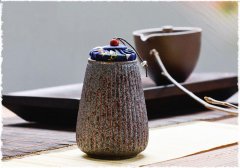
Where is the invention of black tea? How to make black tea correctly course video sharing
How to brew black tea 1. According to the different color of black tea, black tea can be divided into two kinds: kung fu tea drinking method and rapid black tea drinking method. The following is the main introduction of black tea drinking method: Kungfu Tea drinking method is the traditional Chinese kung fu tea drinking method. Kungfu black tea includes race black tea and kung fu black tea. The famous ones are Zhengshan kungfu, race kungfu, Qimen kungfu, Yunnan kungfu, politics and kungfu, etc.
- Next

Coffee beginners must learn! How can I make a nice latte? Diagram of latte flower drawing skills
When you are reading this article, have you ever experienced such a scene: "watching other baristas pull flowers more silky than Dev, it is not such a fat thing in their own hands."
Related
- Beginners will see the "Coffee pull flower" guide!
- What is the difference between ice blog purified milk and ordinary milk coffee?
- Why is the Philippines the largest producer of crops in Liberia?
- For coffee extraction, should the fine powder be retained?
- How does extracted espresso fill pressed powder? How much strength does it take to press the powder?
- How to make jasmine cold extract coffee? Is the jasmine + latte good?
- Will this little toy really make the coffee taste better? How does Lily Drip affect coffee extraction?
- Will the action of slapping the filter cup also affect coffee extraction?
- What's the difference between powder-to-water ratio and powder-to-liquid ratio?
- What is the Ethiopian local species? What does it have to do with Heirloom native species?

